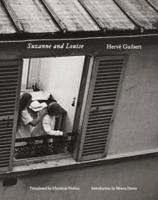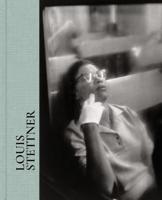Publisher's Synopsis
The New York curator Marvin Heiferman characterized Lewis Baltz's landscape photography as a "topography of the emptiness of random, damaged, remote places". The images in his 1989 series Candlestick Point show Californian fallow land, where piles of rubble and waste accumulate in the middle of the prairie. Traces of technical land development - drainage channels and water dams - are visible, becoming a typically American theme: the development of a territory in the almost infinite prairie. Baltz's photographic record of the development at Candlestick Point combines sociological and analytical rigour and is strongly oriented towards the tradition of Land Art, and retrospectively pays tribute to its crucial influence on conceptual art since the 1970s. Candlestick Point was first published in 1989 and has been unavailable for decades, other than as an expensive collectible on the secondary photobook market. Lewis Baltz's works have been the subject of over fifty one person exhibitions. Seventeen monographs have been published on his work. He came to prominence as a part of the 'New Topography' movement of the 1970s. Baltz studied at the San Francisco Art Institute and received a Master of Fine Arts from Claremont Graduate School in 1971. He is currently based in Paris and Venice.







